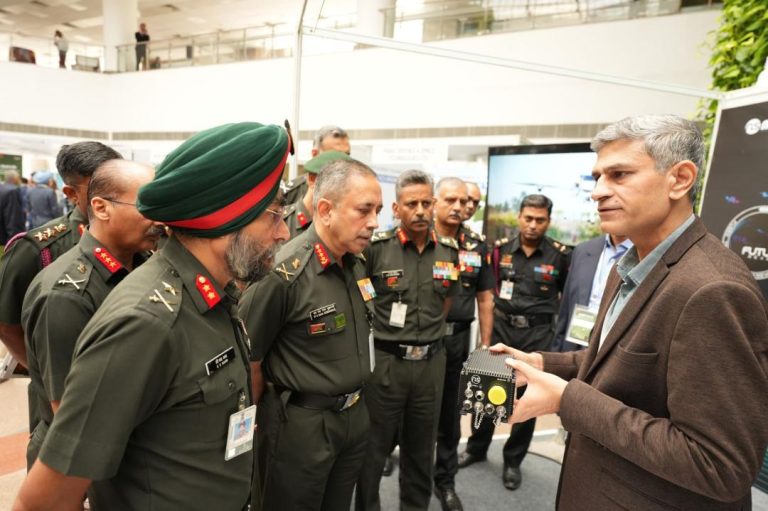
10 Years of Digital India: Milestones in Tech, Health & Education
October 27, 2015, marked a significant milestone in India’s journey towards digital transformation. Prime Minister Narendra Modi launched the ‘Digital India’ initiative, aimed at transforming the country into a digitally empowered society and knowledge economy. Ten years on, the initiative has made tremendous progress, with significant advancements in education, healthcare, MSMEs, and AI.
Education
One of the primary focuses of the Digital India initiative was to improve access to quality education. The government launched several initiatives, including the National Digital Library of India, which provides access to over 50 lakh e-books and journals. The Indian Institutes of Technology (IITs) and the Indian Institutes of Management (IIMs) have also launched online courses and certifications, making quality education more accessible to students across the country.
The government has also emphasized the importance of digital literacy, with a focus on bridging the gap between digital haves and have-nots. The ‘Digital Literacy Mission’ aims to train over 10 crore citizens in digital skills by 2025, empowering them to access government services, online education, and job opportunities.
Healthcare
The Digital India initiative has also made significant strides in the healthcare sector. The government has launched several initiatives, including the ‘Ayushman Bharat Digital Health Mission’, which aims to create a unified digital health record for citizens. This will enable citizens to access their health records online, reduce paperwork, and receive more effective healthcare services.
The government has also launched several telemedicine initiatives, enabling citizens to access quality healthcare services remotely. This has been particularly beneficial in rural areas, where access to quality healthcare services is limited.
MSMEs
The Digital India initiative has also focused on empowering Micro, Small, and Medium Enterprises (MSMEs) to adopt digital technologies. The government has launched several initiatives, including the ‘GeM’ (Government e-Marketplace) platform, which enables MSMEs to sell their products and services to the government. The ‘On-Demand Delivery of Goods’ platform has also been launched, enabling MSMEs to deliver their products quickly and efficiently.
AI and Artificial Intelligence
The Digital India initiative has also emphasized the importance of Artificial Intelligence (AI) in transforming various sectors, including education, healthcare, and MSMEs. The government has launched several initiatives, including the ‘AI Mission’, which aims to develop AI applications in areas such as healthcare, education, and agriculture. The ‘AI-based healthcare analytics’ initiative aims to develop AI-powered healthcare analytics, enabling doctors to make more informed decisions.
Affordable GPU Access
The government has also launched several initiatives to make graphics processing units (GPUs) more affordable for startups and MSMEs. The ‘GPU Access’ initiative aims to provide affordable access to GPUs, enabling startups to develop AI-powered applications.
Startup Ecosystem
The Digital India initiative has also thrived the startup ecosystem in India. The government has launched several initiatives, including the ‘Startup India’ initiative, which aims to support startups by providing funding, mentorship, and access to government services. The ‘Indian Angel Network’ has also been launched, enabling startups to access funding and mentorship from experienced entrepreneurs.
Conclusion
The Digital India initiative has made significant progress in transforming India into a digitally empowered society and knowledge economy. From education to healthcare, MSMEs, and AI, the initiative has made significant advancements in various sectors. As India looks to the future, it is clear that the Digital India initiative will continue to play a crucial role in driving growth and development.
Source:






